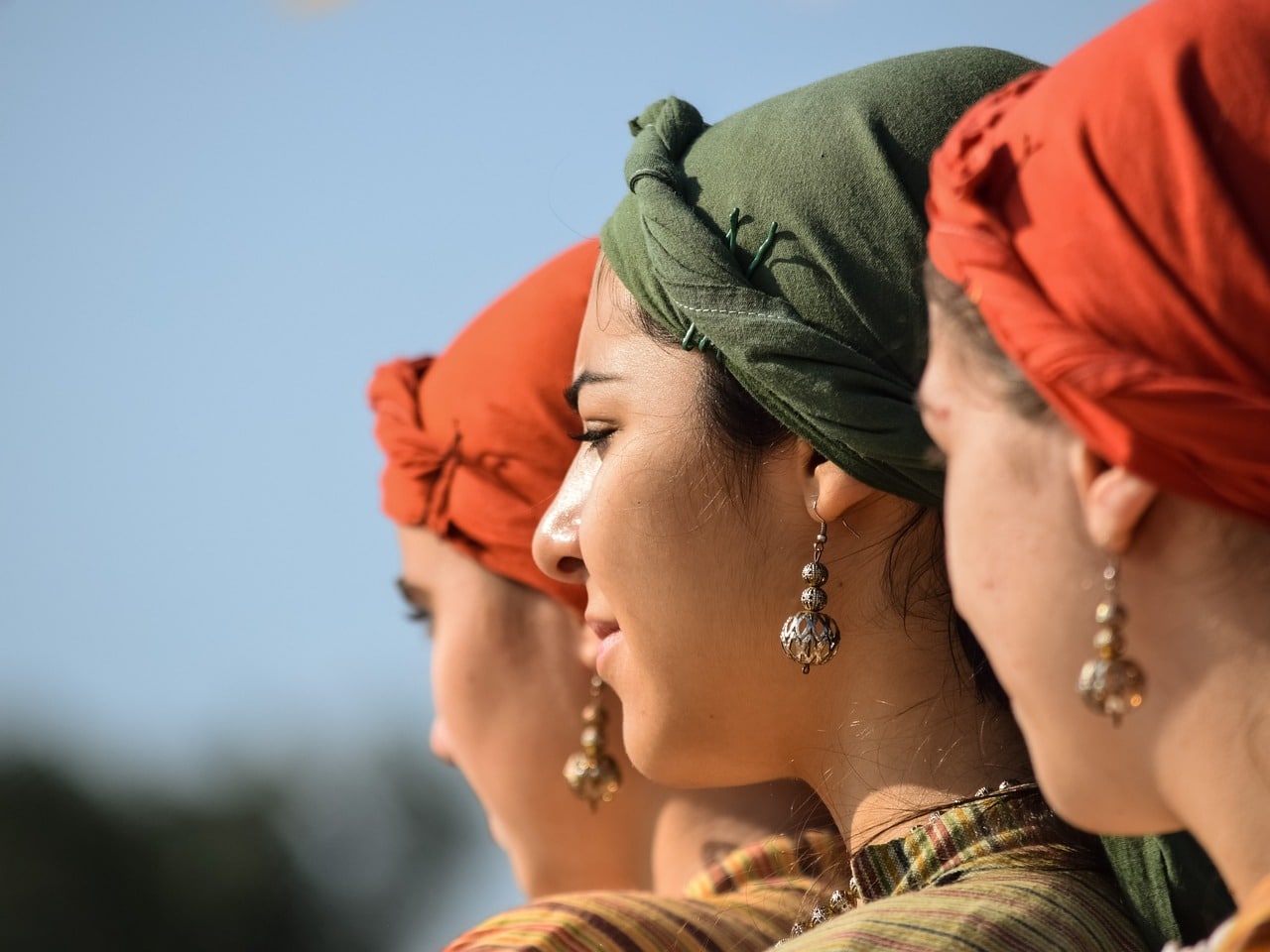
Popular knowledge can be built through customs, beliefs and superstitions.
Popular knowledge is the set of knowledge that is socially constructed from interactions between individuals and observation of the environment . It is about what is learned spontaneously and intuitively, generally through the mediation of the family.
Unlike academic or formal knowledge , which is acquired by attending educational establishments or through reading, popular knowledge is usually transmitted orally from generation to generation . It is common to appeal to common sense and to be effective, although it is not always true.
Main characteristics of popular knowledge
The main characteristics of popular knowledge are spontaneity (no one intends to acquire it) and informality (it is not structured or obeys rules). It is also intuitive since it is understood instantly and without reasoning .
It can be said that popular knowledge is coherent, valid, useful or logical for the community where it is forged. However, it cannot be stated that its premises are true : it is not possible to subject it to verification with scientific criteria.
Popular knowledge appears as a way of understanding reality . All people can access it because it is not specialized or technical, but rather it is practical knowledge or empirical knowledge related to popular beliefs.
In everyday life, popular knowledge tends to be complemented by academic knowledge. While in some cases it ends up being opposite to what science shows, it generally does not conflict with it.
How to acquire
Popular knowledge is acquired in social interactions . Although it develops spontaneously on a daily basis, there are certain resources that are expressly used to reinforce this transmission .
Riddles , folk tales , folklore , legends , myths and proverbs , for example, help transmit popular knowledge. The same happens with celebrations , festivities and rituals that are part of local history and help reinforce the cultural identity of the town.

Artisans usually appeal to popular knowledge to enhance their manual skills and develop their work.
Application of popular knowledge
The application of popular knowledge occurs in everyday life. It does not require a specific situation or a specific area, although it is often used recurrently in certain activities.
Traditional agriculture with its cultivation techniques, the production of crafts, local gastronomy and popular medicine usually exploit this knowledge.
Take the case of medicinal plants : members of indigenous peoples usually know how to use them, what illnesses they can treat with them, etc., even though they cannot provide a rational or scientific explanation of their effects. This indigenous knowledge is in the collective memory and is ancestral knowledge for the community that shows its validity every time it is applied.
Lore is sometimes used in practices such as divination , astrology , and shamanism . In this framework, shared information has ties to spirituality or deities and depends on worldviews.

Popular knowledge integrates the intangible heritage or cultural heritage of a people.
Some examples
We can find examples of popular knowledge in all cultures. It is even possible for the same knowledge to be shared by several communities.
A widespread popular wisdom is that hiccups can be cured with a scare . Possibly a 30-year-old man tells that to his 8-year-old son, transmitting this knowledge to him; In turn, the man learned it from his mother, who acquired the knowledge from her own mother (that is, from the man's grandmother and the child's great-grandmother).
Does scaring work to get rid of hiccups? If a person tried it once and the technique was effective, they will claim that it was. If out of ten attempts, it works in six or seven, its effectiveness will still seem high. The opposite conclusion would be obtained if a subject never saw how scare resolves a specific case of hiccups.
Science explains that hiccups are an involuntary contraction of the diaphragm that affects the vagus nerve , generating spasms and a particular sound. A scare, in this context, can cause the vagus nerve to stop focusing on the signal sent by the diaphragm, causing the hiccups to stop.
The method, then, has a logical basis but it is not infallible : of ten uses of hiccups as a remedy, it could work in all of them, some or none of them. What is important to keep in mind is that, for popular knowledge, scientific explanation is not relevant, since that is not its basis.
Another example of popular lore is the arrival of the Santa Rosa storm at the end of August , something that is usually expected in Argentina. This belief indicates that, around the day of Santa Rosa de Lima (August 30), a storm of great intensity occurs. As the "closeness" to the date is not established, the Santa Rosa storm may occur on August 15, 23 or 29, or even on September 3, 8 or 14.
The lack of precision helps make the actual existence of the Santa Rosa storm quite probable. In any case, meteorology explains that the chances of a storm of magnitude occurring on these dates depend mainly on the region: in some areas it is much more likely that storms will occur than in others.
